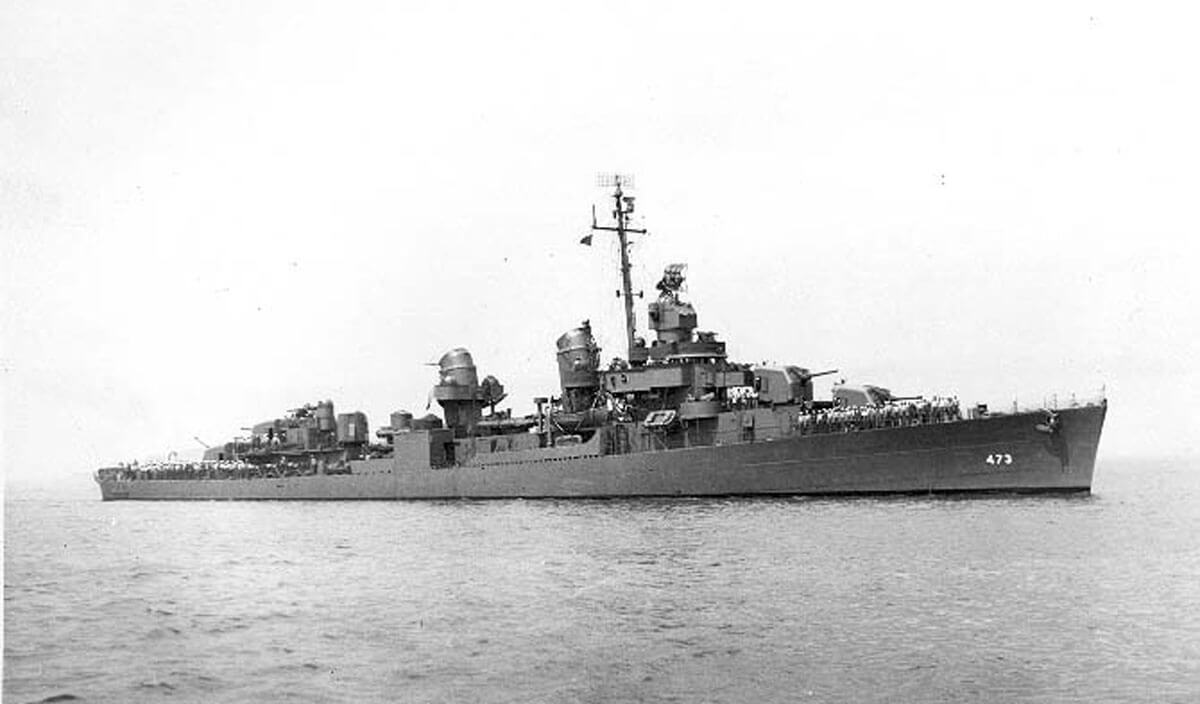Asbestos Exposure on the USS Bennett

Hull Number: DD-473
Type: Destroyer
Class: Fletcher
Built: Boston, MA
The USS Bennett was a Fletcher-class Destroyer built during World War II by the Boston Navy Yard. Measuring in at just over 376 feet in length, the ship carried a complement of 336 officers and enlisted men. It was commissioned by the U.S. Navy in February of 1943, and soon after was assigned to operations in the Pacific Theater.
The ship participated in several important campaigns in the war, including the invasions of Palaus and Okinawa, earning nine battle stars and a Navy Unit Commendation for its service. The Bennett was decommissioned in April 1946 and transferred to the Brazilian Navy at the end of 1959.
Asbestos exposure was common for veterans on ships such as the USS Bennett throughout the course of their regular duty. Navy ships constructed between the 1930’s and mid-1970’s used asbestos in equipment such as boilers, turbines, pumps, valves, and electrical components.
Materials including gaskets and packing were also often made entirely from asbestos. The majority of these asbestos products were located in the boiler and engine spaces, putting Boiler Tenders, Machinist’s Mates, and other Navy veterans who worked in these areas in poorly ventilated conditions contaminated with high levels of asbestos fibers.
The asbestos companies that manufactured these products for the Navy were generally aware of the negative impact asbestos could have on health, and knew exposure could cause mesothelioma and other diseases. Even with this knowledge, these businesses did nothing to warn the Navy veterans aboard the USS Bennett or other contemporary ships.
Victims of asbestos who served in the Navy are entitled to seek compensation. Settlements can help to cover the staggering costs of medical treatment, and may provide additional sums for pain and suffering. The law limits the time in which a lawsuit can be filed however, making it important to seek legal counsel soon after a mesothelioma diagnosis is made.
